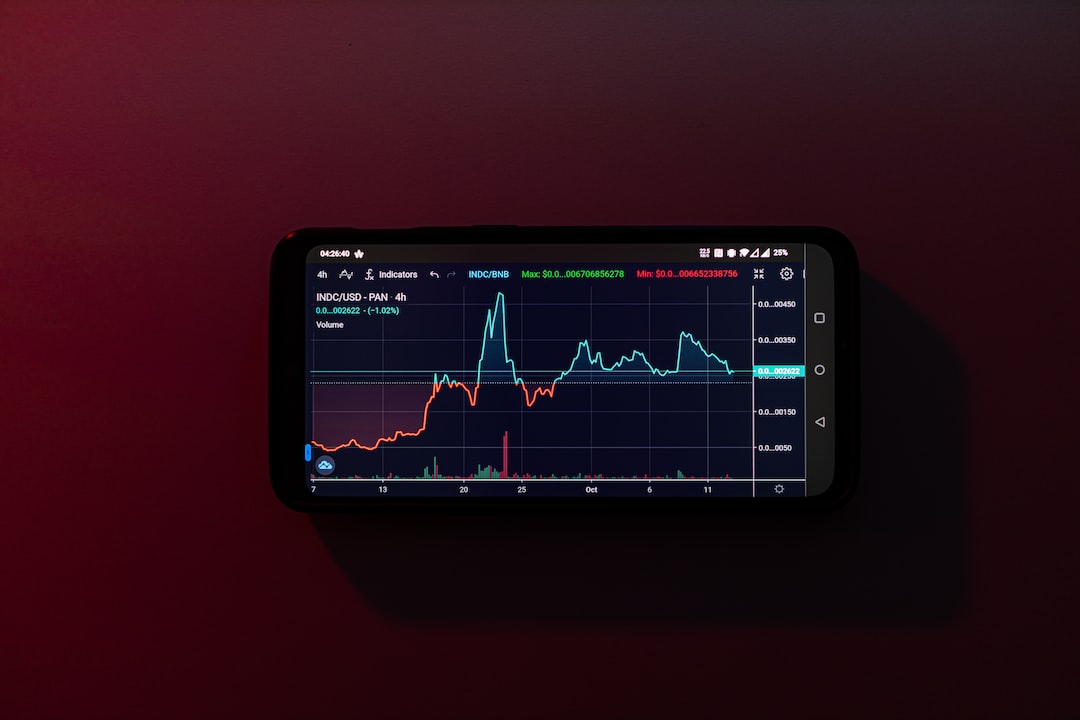Protecting the Bitcoin Network from Destruction
Destroying the Bitcoin network, a decentralized and distributed system, would be no easy feat. However, it’s important to consider potential threats from state actors who may target Bitcoin in an attempt to dismantle it. Here’s how they could go about it:
Regulatory Restrictions and Control
Governments hold the power to regulate financial institutions and transactions. They could use this authority to restrict or even ban the use of Bitcoin. For instance, governments might require reporting and taxation of all Bitcoin transactions or prohibit banks from processing them altogether. These measures would hinder individuals and businesses from using Bitcoin for payments, limiting its adoption and growth.
Another way governments could impede Bitcoin’s development is by controlling access to electricity or internet infrastructure. Restricting energy usage or shutting down internet access in certain areas would disrupt mining operations and slow down transaction processing on the network.
The Threat of Centralization
A significant threat to the Bitcoin network is centralization, particularly through corporate takeovers. As more corporations invest in Bitcoin, there is concern that they may attempt to monopolize the network and exert undue influence over its governance.
This can manifest in various ways, such as using financial power to sway decision-makers or acquiring large amounts of mining power for transaction control. To combat this, decentralization efforts are crucial, encouraging more individuals and small businesses to participate in mining and governance protocols.
Cyber Attacks and Network Congestion
Cyber attacks pose security risks to the Bitcoin network. Hackers could launch a 51% attack by gaining control of a significant portion of the network’s computing power, allowing them to manipulate transactions and potentially steal funds. DDoS attacks can also overwhelm the network with traffic, slowing down transaction processing.
Network congestion is another concern as more people use Bitcoin. Delays in transaction processing and higher fees could discourage users from adopting the cryptocurrency. Continuous monitoring, multi-factor authentication, encryption, and scaling solutions like the Lightning Network can help mitigate these risks.
Powerful Entities and Regulatory Action
Powerful entities like governments and corporations have the resources to mount sustained attacks on the Bitcoin network. A common method is a 51% attack, where an entity controls over half of the mining power, enabling manipulation of transactions and confirmations.
Regulatory action is another potential threat. Governments could pass laws making it illegal to own or use Bitcoin, reducing demand. Corporations may also launch smear campaigns to undermine confidence in Bitcoin. Vigilance against these threats is crucial for the Bitcoin community.
Securing the Bitcoin Network
To protect the Bitcoin network, staying informed and educating others about its virtues is essential. Regularly updating software, using reputable wallets, and employing security measures like multi-signature wallets contribute to security.
Running a full node helps validate transactions and maintain network resilience. Supporting privacy-enhancing technologies and advocating for decentralized exchanges are additional ways to enhance security.
Maintaining Principles for Longevity
The ethos of Bitcoin—decentralization, trustlessness, transparency, security, scarcity, financial inclusion—is foundational. Upholding these principles is crucial in defending against destruction by governments or corporate entities seeking to minimize trust in intermediaries.
Hot Take: Safeguarding Bitcoin for the Future
The Bitcoin network faces various threats that could potentially lead to its destruction. It is crucial for the crypto community to remain vigilant and take necessary steps to protect this revolutionary system. By staying informed, educating others, using secure wallets, running full nodes, advocating for privacy-enhancing technologies, and promoting decentralization, we can ensure the longevity and security of Bitcoin. Upholding its fundamental principles is key to defending against potential attacks from governments and corporations seeking control. Let’s work together to safeguard this extraordinary invention.





 By
By
 By
By
 By
By
 By
By
 By
By